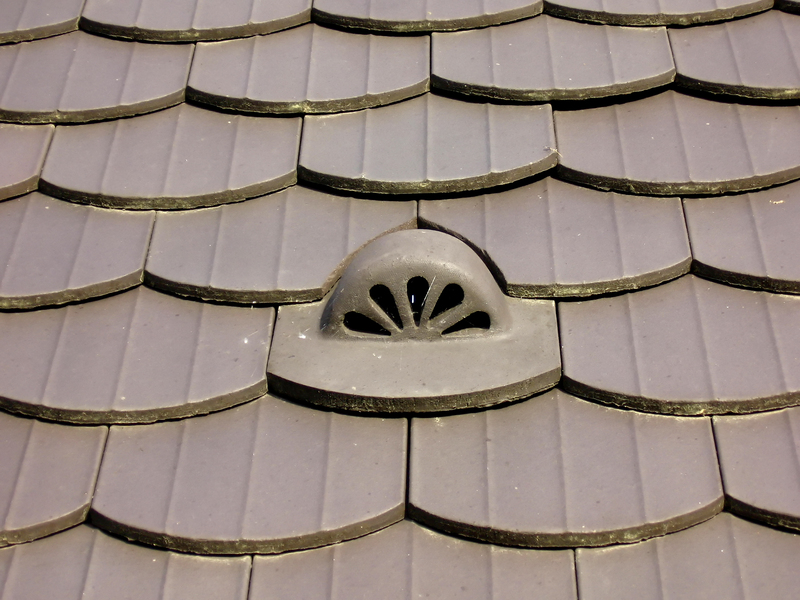Clean Your Kitchen Tiles in No Time
Posted on 13/04/2025
Cleaning kitchen tiles can often feel like a daunting task, especially when they accumulate grime and stains from everyday cooking activities. However, with the right approach and a bit of elbow grease, you can make your kitchen tiles sparkle in no time. This comprehensive guide provides step-by-step instructions and expert tips to make tile cleaning less of a chore and more of a straightforward task.
Why It's Important to Keep Kitchen Tiles Clean
Kitchen tiles are not just a decorative element; they play a crucial role in maintaining a hygienic and visually appealing kitchen space. Over time, kitchen tiles can accumulate grease, food particles, and bacteria, which can lead to unpleasant odors and an unclean environment. Regular cleaning helps prevent:
1. Bacterial Growth: A clean kitchen is less likely to harbor harmful bacteria that can contaminate food and cause illnesses.
2. Stain Formation: Regular cleaning prevents stubborn stains from setting in, making future cleaning efforts easier.
3. Wear and Tear: Dirt and grime can cause the surface of the tiles to wear down faster, leading to expensive repairs or replacements.

Essential Tools and Cleaning Supplies
Before you begin, gather the necessary cleaning tools and supplies to ensure you're well-prepared. Here's a handy checklist:
1. Soft Bristle Brush: Ideal for scrubbing without damaging the tiles.
2. Microfiber Cloths: Great for wiping down surfaces without leaving streaks.
3. Bucket: Useful for mixing cleaning solutions and rinsing.
4. Tile Cleaner: You can use a store-bought cleaner or make a DIY solution using common household ingredients.
5. Baking Soda and Vinegar: Both are powerful natural cleaning agents.
6. Rubber Gloves: Protect your hands from harsh chemicals and scrubbing.
Step-by-Step Guide to Clean Kitchen Tiles
1. Preliminary Inspection and Preparation
Before diving into the cleaning process, inspect your tiles for any cracks or damages. Fixing minor issues beforehand will prevent them from worsening during scrubbing. Remove any items from your countertops to give you full access to the tiled surfaces.
2. Applying a Pre-Treatment Solution
A pre-treatment solution helps loosen dirt and grime, making it easier to clean. You can use a commercial tile cleaner or create your own mixture by mixing equal parts of white vinegar and water. Spray the solution generously over the tiles and let it sit for about 10-15 minutes.
Effective Scrubbing Techniques
3. Scrubbing the Tiles
Use a soft bristle brush to scrub the tiles gently yet thoroughly. Pay extra attention to the grout lines, as these areas are prone to dirt build-up. If you encounter stubborn stains, sprinkle baking soda over the affected area and lightly scrub with the brush. The baking soda acts as a mild abrasive that helps lift stains without damaging the tile surface.
4. Rinsing and Wiping Down
After scrubbing, rinse the tiles with warm water using a clean microfiber cloth. Be thorough in this step to ensure all cleaning agents and loosened dirt are removed. Wipe the tiles dry with another clean cloth to prevent water spots and streaks.
Cleaning Grout Lines
The grout between your tiles can often be the dirtiest part of your kitchen tile setup. Grout is porous and can absorb spills, making it look dingy over time.
5. Preparing the Grout Cleaner
A mixture of baking soda and water can work wonders for cleaning grout. Combine the two to form a paste and apply it directly to the grout lines. Let the paste sit for 5-10 minutes for optimal results.
6. Scrubbing the Grout
Use a toothbrush or a small grout brush to scrub the grout lines. Be gentle yet firm, ensuring you remove as much of the embedded dirt as possible. For particularly stubborn stains, add a few drops of hydrogen peroxide to your baking soda paste before scrubbing.
7. Rinsing and Drying
Rinse the grout lines with warm water and wipe them down with a clean cloth. Make sure no residue is left behind, as this can attract more dirt.
Maintaining Clean Kitchen Tiles
Regular maintenance can help keep your kitchen tiles looking pristine for longer periods. Here are some tips:
1. Daily Wipe-Down: Wipe your tiles daily with a damp microfiber cloth to remove surface dirt and splatters.
2. Weekly Deep Clean: Perform a deeper clean once a week using the techniques outlined above.
3. Seal the Grout: Applying a grout sealer annually helps protect it from stains and makes it easier to clean.
4. Quick Spill Response: Clean up spills as soon as they occur to prevent staining and easier clean-up later.

Eco-Friendly Cleaning Alternatives
For those who prefer environmentally-friendly cleaning methods, several natural alternatives can effectively clean kitchen tiles:
1. Lemon Juice: Lemon juice is excellent for cutting through grease and adding a fresh scent to your kitchen.
2. Salt: Salt acts as a gentle abrasive, ideal for scrubbing without scratching.
3. Essential Oils: Adding a few drops of essential oil like tea tree or eucalyptus can enhance your cleaning solution's antibacterial properties.
Conclusion
Cleaning your kitchen tiles doesn't have to be a dreaded task. Equipped with the right tools, techniques, and a bit of know-how, you can make your kitchen shine in no time. Regular cleaning and maintenance not only prolong the life of your tiles but also ensure a hygienic and visually appealing cooking environment. Whether you opt for commercial cleaners or prefer eco-friendly alternatives, the key is consistency and attention to detail. So roll up your sleeves, gather your supplies, and enjoy the satisfaction of a spotless kitchen.







